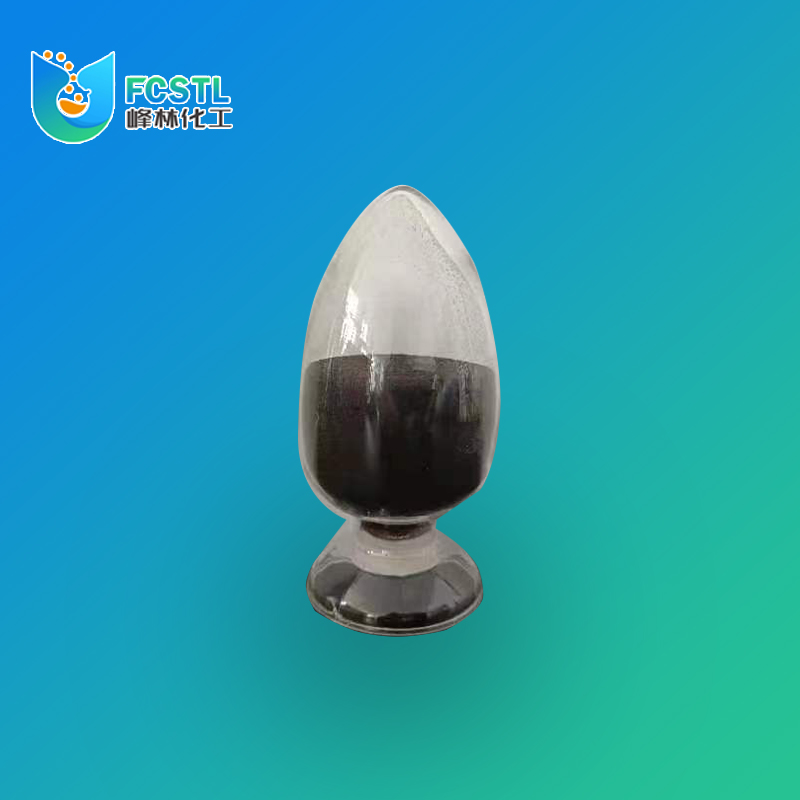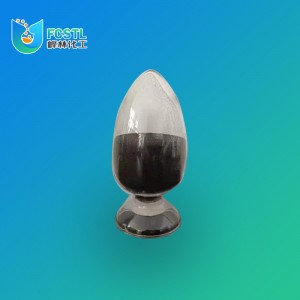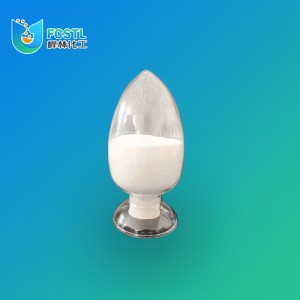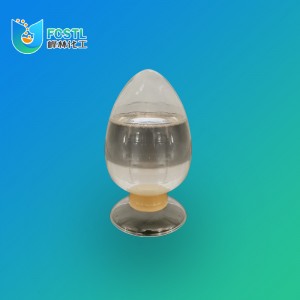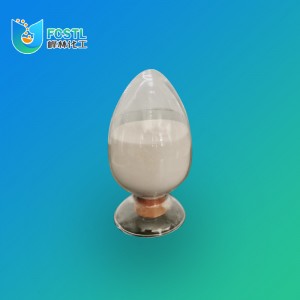FC-651S High Temperature Fluid Loss Control Additives
• FC-651S has good versatility and can be used in a variety of cement slurry systems. It has good compatibility with other additives. Based on FC-650S, the product has improved its salt resistance and has a better salt resistance function.
• FC-651S is suitable for wide temperature with high temperature resistance up to 230℃. The suspension stability of cement slurry system in high-temperature environment is more better because of introducing HA .
• FC-651S can be used alone. The effect is better when used together with FC-631S/ FC-632S.
• It is suitable for fresh water/salt water slurry preparation.
High-temperature oil fields face a unique set of challenges when it comes to well cementing. One of these challenges is the issue of fluid loss, which can occur when the drilling mud filtrate invades the formation and causes a reduction in the fluid volume. To solve this problem, we have developed a specialized fluid loss reducer that is specifically designed for use in high-temperature oil fields. FC-651S is a high temperature fluid loss control additive and it is suitable for Canadian market.
| Product | Group | Component | Range |
| FC-651S | FLAC HT | AMPS+NN+Humic acid | <230degC |
|
Item |
Index |
|
Appearance |
White to light yellow powder |
|
Item |
Technical index |
Test condition |
|
Water loss, mL |
≤50 |
80℃,6.9MPa |
|
Multiviscosity time, min |
≥60 |
80℃,45MPa/45min |
|
initial consistency, Bc |
≤30 |
|
|
Compressive strength, MPa |
≥14 |
80℃,normal pressure,24h |
|
Free water, mL |
≤1.0 |
80℃, normal pressure |
| Component of cement slurry: 100% grade G cement (High sulfate-resistant)+44.0% fresh water+0.9% FC-651S+0.5 % defoaming agent. | ||
Fluid loss control agents have been added to oil-well cement slurries for more than 20 years, and the cementing industry today acknowledges that the quality of cementing jobs has greatly improved. In fact, it is widely accepted that improper fluid loss management may contribute to primary cementing failures caused by excessive density increase or annulus bridging, and that cement filtrate invasion of the formation may be harmful to the production. Fluid loss additives can boost recovery efficiency by preventing oil and gas layer contamination from filtered fluid in addition to successfully controlling fluid loss of cement slurry.


